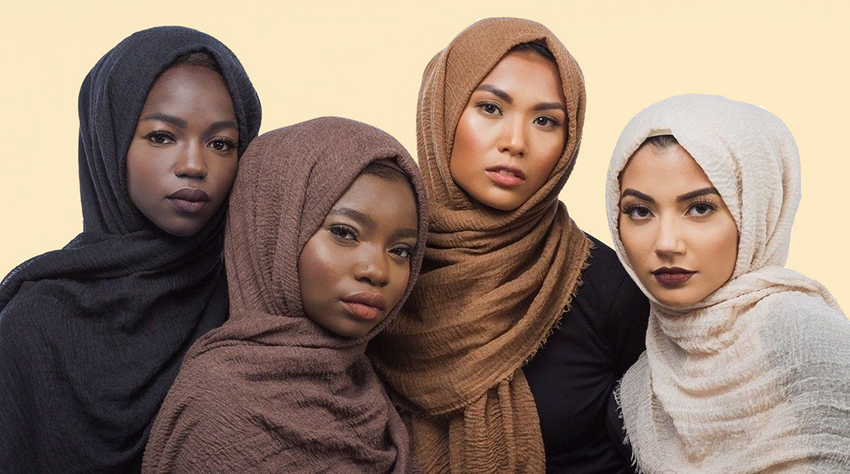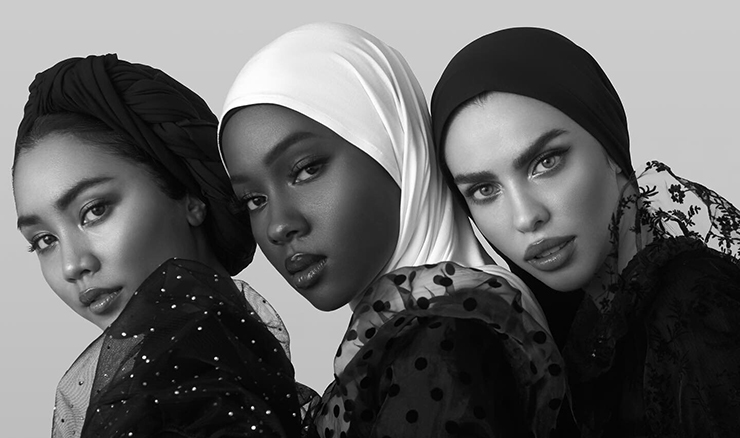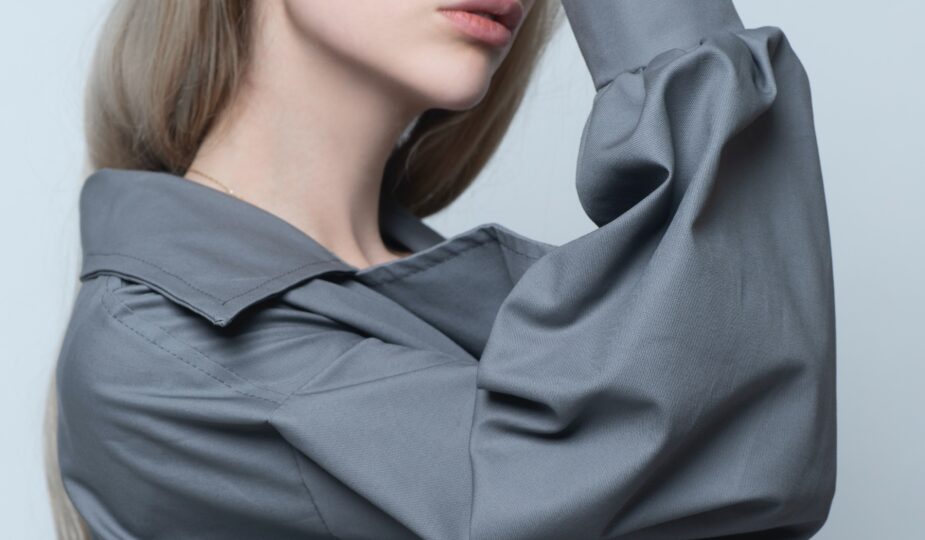
 Let’s start with some boring geographic facts. Most people believe that Arabic is only spoken by Arabs. There are Arabic-speaking countries outside of the Arabian Peninsula, just as there are English-speaking nations outside of the UK.
Let’s start with some boring geographic facts. Most people believe that Arabic is only spoken by Arabs. There are Arabic-speaking countries outside of the Arabian Peninsula, just as there are English-speaking nations outside of the UK.
The only place where Arabs reside is the Gulf region. We will be able to see what they are wearing. You won’t understand the fashion choices made by the fashionistas of these countries unless you know a little about their history, religion, and climate.
The majority of women in the Middle East wear robes-like black dresses known as Abaya. Abaya is a religious dress that has been worn by other Arabic-speaking countries for centuries. In pre-Muslim societies, covering a woman’s body had more to do with her wealth and status than it did about the work. Women of higher social class wore a large, square-shaped cloth that had openings on the sides for their hands. They also wore a wide gold ornament around their neckline. The veil was a symbol of luxury, and that it separated women from slaves and servants.
Abaya is a flowing material with a front opening and sleeves. Black is the most common color for a classic abaya. You might wonder why women choose black in a hot, humid climate. Black is less transparent than other colors, so it can be made thinner, making Abayas cooler in hot weather, while also keeping everything underneath them hidden.
Abayas can now be made in any colour, with slight variations to the cut and decoration. Designers can make it from the most expensive fabrics for the modern Arabic elite. They also love to complement their Abayas by wearing high-fashion brands’ shoes, bags, and expensive jewellery.
It would be unfair to talk about Arabian fashion without mentioning Hijab, as the Arabian Peninsula is where it was born. Hijab is not a scarf. It’s a concept. Hijab refers to modest dress. This concept is found in most monotheistic religions and even some polytheistic ones. Hijab was introduced to the rest of the world by traders as part of Islam many years ago. Since then, Muslim women all over the globe have observed Hijab according to their own traditions.
In multiple countries, there are over 15 different types of Hijab.
Three of the most popular in the Gulf are:
1. Shayla – a rectangular wide scarf that is wrapped around the head. Shayla, which is usually transparent and does not cover the hair or neck, serves as more of a religious representation than a traditional one.
2. Niqab – a facecloth that covers only the eyes.
3. Battoulah is a metallic-looking hard mask, which is mostly worn by older women. It’s also considered to be a local custom. It was originally worn by women as a way to show their marital status. Other opinions claim that it served to protect the nose and mouth and trick enemies into thinking the woman was a male.
Gulf women wear Jalabiya for weddings and festive gatherings. The dress is often embroidered in gold and adorned with tons of jewelry.
Men’s fashion deserves a mention too! Arab men in the Gulf region wear a white long robe, also called dishdasha and kandora. They pair it with white wide pants beneath and leather shoes that have a thick sole. The style and color “ghutra”, a piece of fabric worn on top of the head, with a tube of black called “egal” over it, will differ from one country to another. The ghutra is often replaced by a baseball cap worn by young men, while sunglasses and expensive watches are worn with the kandoras on gulf men.
Most locals prefer the official colours despite the introduction of color in traditional male and female clothing. Local couples are made to look classy and slick by the contrast between all-black clothing for women and white attire for men. Gulf countries are a harmonious contradiction of progress and tradition. You can’t ignore their hospitality and opulence.







